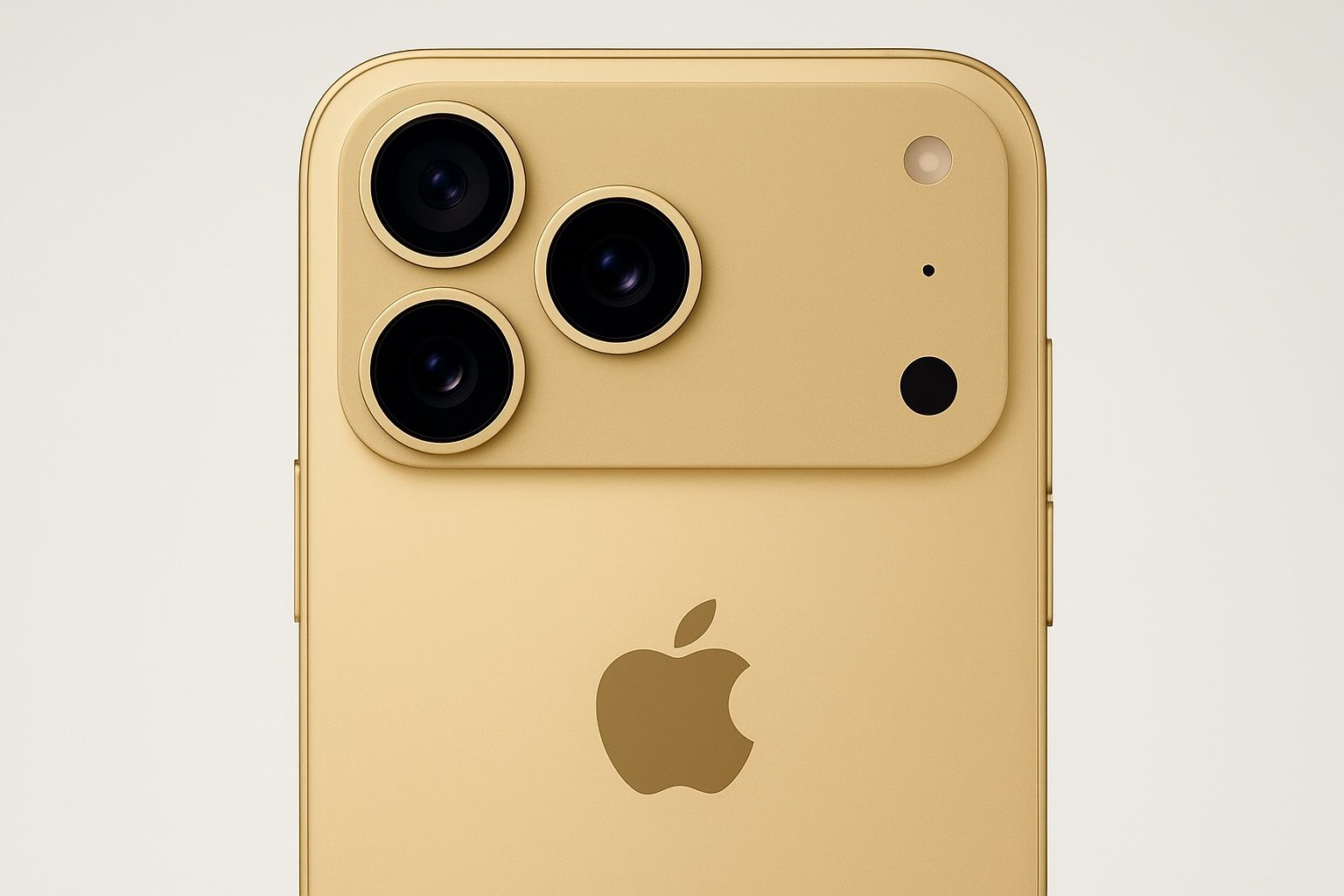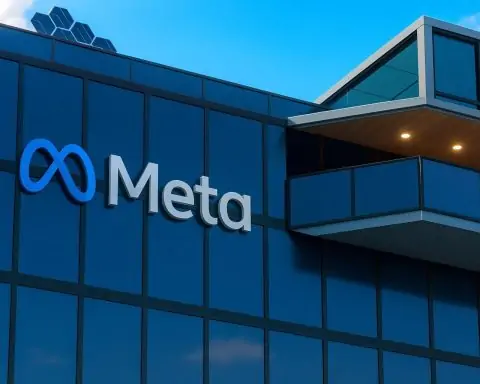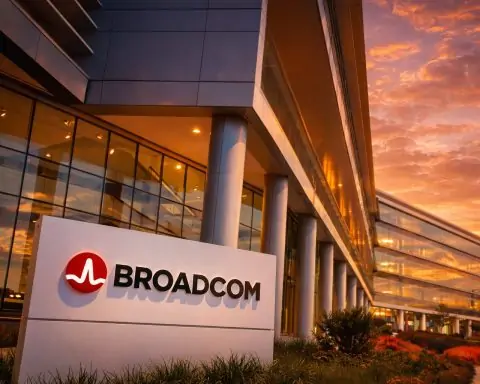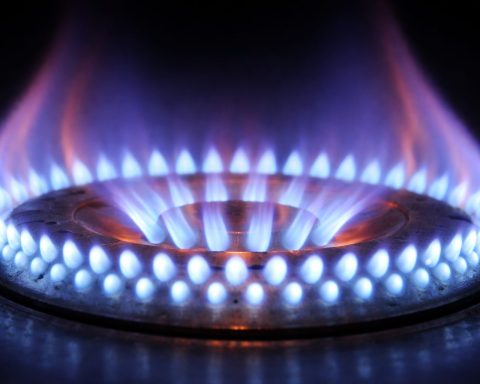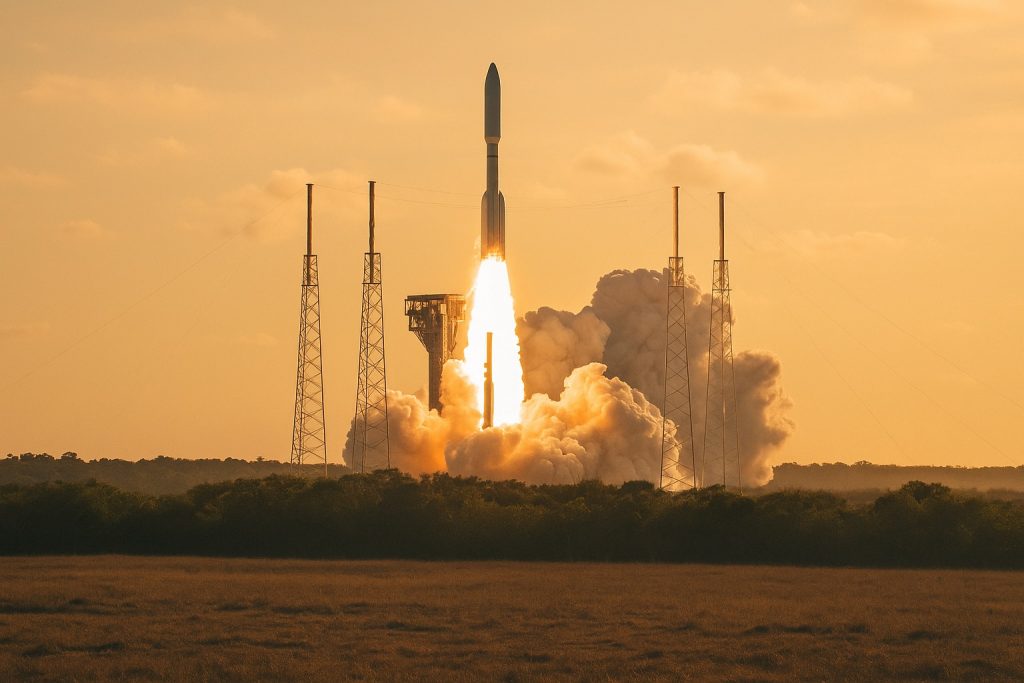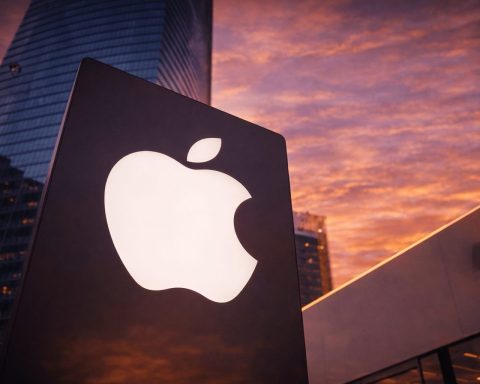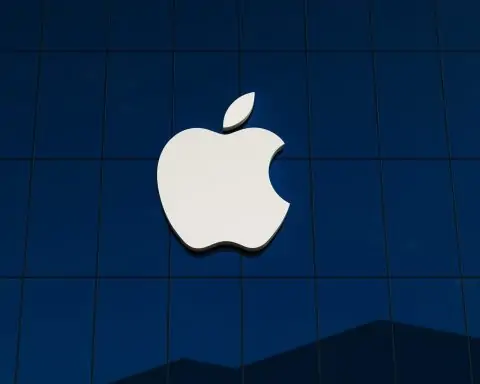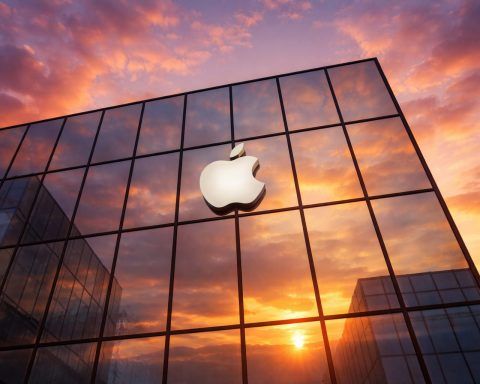- Apple is expected to unveil the iPhone 17 lineup in early September 2025, with a keynote planned for September 8–10, pre-orders starting September 12, and first deliveries around September 19.
- The lineup includes four models—iPhone 17, iPhone 17 Air, iPhone 17 Pro, and iPhone 17 Pro Max—replacing the Plus variant.
- The iPhone 17 Air is set to feature a 6.55–6.65 inch display, a centered single‑camera bar, a 5.5–6 mm chassis, and an estimated starting price of $899.
- ProMotion displays with 1–120 Hz refresh were planned for all four devices, though the Air may run fixed 120 Hz and forgo always-on mode.
- RAM is raised to 12 GB LPDDR5 in the Pro, Pro Max, and Air models, up from 8 GB.
- The base iPhone 17 may reuse the A18 chip while the Pro and Pro Max use the A19 Pro, according to investor and analyst notes.
- All models have a 24 MP front camera, with the Pro Max featuring three 48 MP rear cameras that enable 8K video, and a new horizontal camera bar appears on Air and Pro.
- Connectivity shifts to an in‑house Wi‑Fi 7 chip, and vapor‑chamber cooling is introduced for the Pro and Pro Max to sustain AI workloads.
- Apple will use a half‑glass, half‑aluminium rear shell on the Pro variants, signaling a return to aluminium and moving away from titanium.
- Analysts expect a roughly $100 price bump for Pro models to reflect AI‑ready hardware and supply‑chain dynamics.
Summary
Multiple independent leaks now converge on an early‑September 2025 unveiling for Apple’s four‑device iPhone 17 line‑up, with retail availability likely beginning 10–12 days later. Forbes, MacRumors, TechRadar, Bloomberg and 9to5Mac reporting paint a picture of an aggressive redesign cycle: a brand‑new “iPhone 17 Air” replacing the Plus model, ProMotion displays and Wi‑Fi 7 across the range, 12 GB RAM in every high‑end variant, and a strategic materials shift back to aluminium. Supply‑chain analysts Jeff Pu, Ming‑Chi Kuo and Ross Young say Apple is betting that slimming the chassis to under 6 mm while pushing AI‑centric hardware will spark its first major upgrade “super‑cycle” since 2020. [1] [2] [3] [4]
1. Launch Timing: Narrowing the September Window
| Key Milestone | Date Range (2025) | Sources |
|---|---|---|
| Keynote event | 8–10 Sep | Forbes leak [5] |
| Pre‑orders open | 12 Sep (Fri) | Historical pattern & analyst triangulation [6] |
| First deliveries | 19 Sep (Fri) | Economic Times supply‑chain report [7] |
Forbes’ David Phelan cites “people familiar with Apple’s internal calendar” who peg the keynote for the second week of September, mirroring every flagship launch since 2012 except the pandemic‑delayed iPhone 12. [8] The Economic Times corroborates with shipping‑channel chatter that places the on‑sale date “around 19 September.” [9]
Bloomberg’s Mark Gurman adds that Apple has already locked in production validation for at least one model, allowing channel inventory to build over the summer. [10]
2. Product‑Line Shake‑Up: Meet the ‘Air’
MacRumors confirms Apple will field four models—iPhone 17, iPhone 17 Air, iPhone 17 Pro and iPhone 17 Pro Max—ditching the sluggish‑selling Plus. [11] The Air is the headline:
- 6.55–6.65‑inch display, centred single‑camera bar, and a 5.5–6 mm chassis that Ming‑Chi Kuo calls “Apple’s thinnest phone ever.” [12] [13]
- Price guidance hovers at US $899, neatly splitting the gap between the vanilla and Pro tiers. [14]
- Ross Young’s panel‑order data indicates the Air will use Samsung LTPO screens at the same resolution as iPhone 16 Pro, easing Apple’s transition to ProMotion everywhere. [15]
Analyst Jeff Pu argues the Air is Apple’s “MacBook Air moment” in phones—sacrificing one rear camera and always‑on display to become the halo of portability. [16]
3. Hardware Upgrades That Matter
3.1 Display & ProMotion
- ProMotion (1‑120 Hz) for all four devices—a first for non‑Pro iPhones. [17]
- 9to5Mac warns the Air may run at fixed 120 Hz without Apple’s variable‑rate “ProMotion” branding, potentially losing always‑on mode. [18]
3.2 Silicon & Memory
- A19 Pro (Pro/Pro Max) vs. A19 (Air) vs. contested A18/A19 (base). TechRadar’s Jamie Richards reports Pu’s investor note claiming the base iPhone 17 might recycle the A18 to widen the performance gap. [19]
- 12 GB LPDDR5 in Pro, Pro Max and Air, up from 8 GB, to power on‑device Apple Intelligence features. Jeff Pu estimates this alone boosts global mobile DRAM demand by 3.5 %. [20]
3.3 Cameras
- 24 MP front camera across the board, three 48 MP sensors on Pro Max enabling 8 K video. [21]
- New horizontal camera bar on Air and Pro models for structural rigidity in thinner frames. [22]
3.4 Connectivity & Thermals
- Apple‑designed Wi‑Fi 7 chip debuts, beginning Apple’s move away from Broadcom. [23]
- Vapor‑chamber cooling migrates from Android flagships to iPhone 17 Pro/Pro Max to sustain AI workloads. [24]
4. Design: Aluminium Is Back, Titanium Takes a Break
Bloomberg and MacRumors both describe a half‑glass, half‑aluminium rear shell on Pro variants, sacrificing titanium for weight and thermal benefits. [25] [26] Forbes adds that Apple will showcase a “major visual revamp,” aiming to signal a fresh generation rather than an iPhone 16 S‑style refresh. [27]
Colour leaks suggest Apple is prototyping new purple and green finishes for the base model, but only one shade will survive executive reviews. [28]
5. Expert Sound‑Bites
| Expert | Quote | Context |
|---|---|---|
| Ming‑Chi Kuo | “All iPhone 17 models will leverage an in‑house Wi‑Fi chip to enhance connectivity.” [29] | Apple’s silicon vertical‑integration push |
| Ross Young | “Hearing that the iPhone 17 Plus display size will shrink, confirming Apple’s four‑model pivot.” [30] | Display‑supply chain checks |
| Jeff Pu | “iPhone 17 Pro’s move to 12 GB RAM alone drives a 3.5 % YoY DRAM surge.” [31] | Investor research note |
| Ryan Christoffel (9to5Mac) | “Loss of ProMotion could stop a lot of Pro users from switching to the new Air.” [32] | Consumer‑experience perspective |
| Jamie Richards (TechRadar) | “A second chipset recycle would bring Apple a round of side‑eye from critics and customers.” [33] | Market‑reaction forecast |
6. Strategic Implications for Apple and Buyers
- Split release cadence: Gurman reiterates Apple will stagger future launches, with spring “e” models and fall flagships, mirroring Mac/iPad strategy. [34]
- Margin play: Apple leans on AI‑ready hardware to justify a rumoured US $100 price bump on Pro models amid tariff pressure. [35]
- Upgrade calculus: For iPhone 15/16 owners, ProMotion ubiquity and camera advances could outweigh the modest chipset uplift; for older devices, the slim Air offers a new value proposition of lightness without cutting‑edge prices.
7. What to Watch Between Now and September
- EVT → DVT leaks: If antenna‑line CAD images escape factories in July, expect confirmation of the camera‑bar redesign.
- iOS 26 beta clues: Display code strings will reveal which models ship with always‑on mode.
- Carrier inventory memos in late August traditionally leak final storage tiers and launch‑day colour lists.
Stay tuned: Apple’s thinnest, most AI‑capable phones to date appear locked for a 10‑day September sprint from unveiling to first deliveries—unless last‑minute modem‑chip yields derail the schedule.
References
1. www.forbes.com, 2. www.macrumors.com, 3. www.techradar.com, 4. 9to5mac.com, 5. www.forbes.com, 6. www.macrumors.com, 7. m.economictimes.com, 8. www.forbes.com, 9. m.economictimes.com, 10. www.bloomberg.com, 11. www.macrumors.com, 12. www.macrumors.com, 13. www.macrumors.com, 14. www.macrumors.com, 15. twitter.com, 16. www.techradar.com, 17. www.macrumors.com, 18. 9to5mac.com, 19. www.techradar.com, 20. 9to5mac.com, 21. www.macrumors.com, 22. www.macrumors.com, 23. www.macrumors.com, 24. www.macrumors.com, 25. www.bloomberg.com, 26. www.macrumors.com, 27. www.forbes.com, 28. 9to5mac.com, 29. www.macrumors.com, 30. twitter.com, 31. 9to5mac.com, 32. 9to5mac.com, 33. www.techradar.com, 34. www.macrumors.com, 35. www.macrumors.com
